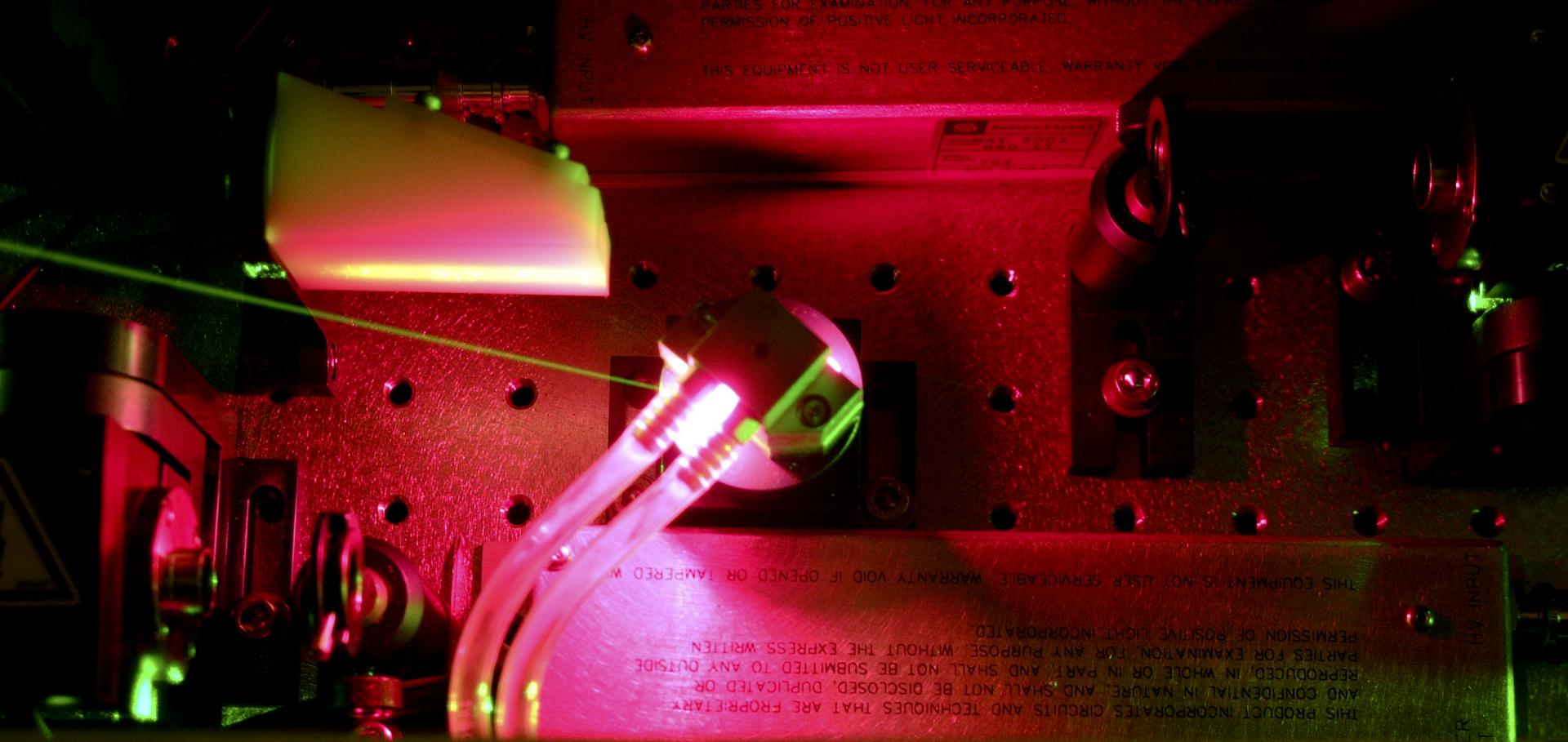Investigation of GeV-scale electron acceleration in a gas-filled capillary discharge waveguide
New Journal of Physics 15 (2013)
Abstract:
The generation of GeV-scale electron beams in a gas-filled capillary discharge waveguide with good reproducibility is discussed. Beams of electrons with energies above 900 MeV, and with root-mean-square divergences of 3.5 mrad, are observed for a plasma density of 2.2 × 1018 cm-3 and a peak input laser power of 55 TW. The variation of the maximum electron energy with the plasma density is measured and found to agree well with simple models. Injection and acceleration of electrons at the to date lowest plasma density of 3.2 × 1017 cm-3 are reported. The energy spectra of the generated electron beams exhibit good shot-to-shot reproducibility, with the observed variations attributable to the measured shot-to-shot jitter of the laser parameters. Two methods for correcting the effect of beam pointing variations on the measured energy spectrum are described. © IOP Publishing and Deutsche Physikalische Gesellschaft.Optical Rotation Quasi-Phase-Matching for Circularly Polarized High Harmonic Generation
(2013)
Erratum: Quasi-phase-matching of high-order-harmonic generation using polarization beating in optical waveguides [Phys. Rev. A 85, 053823 (2012)]
Physical Review A American Physical Society (APS) 87:3 (2013) 039902
Quasi-phase-matching of high-order-harmonic generation using multimode polarization beating
(2013)
Quasi-phase-matching of high-order-harmonic generation using multimode polarization beating
Physical Review A - Atomic, Molecular, and Optical Physics 87:2 (2013)


